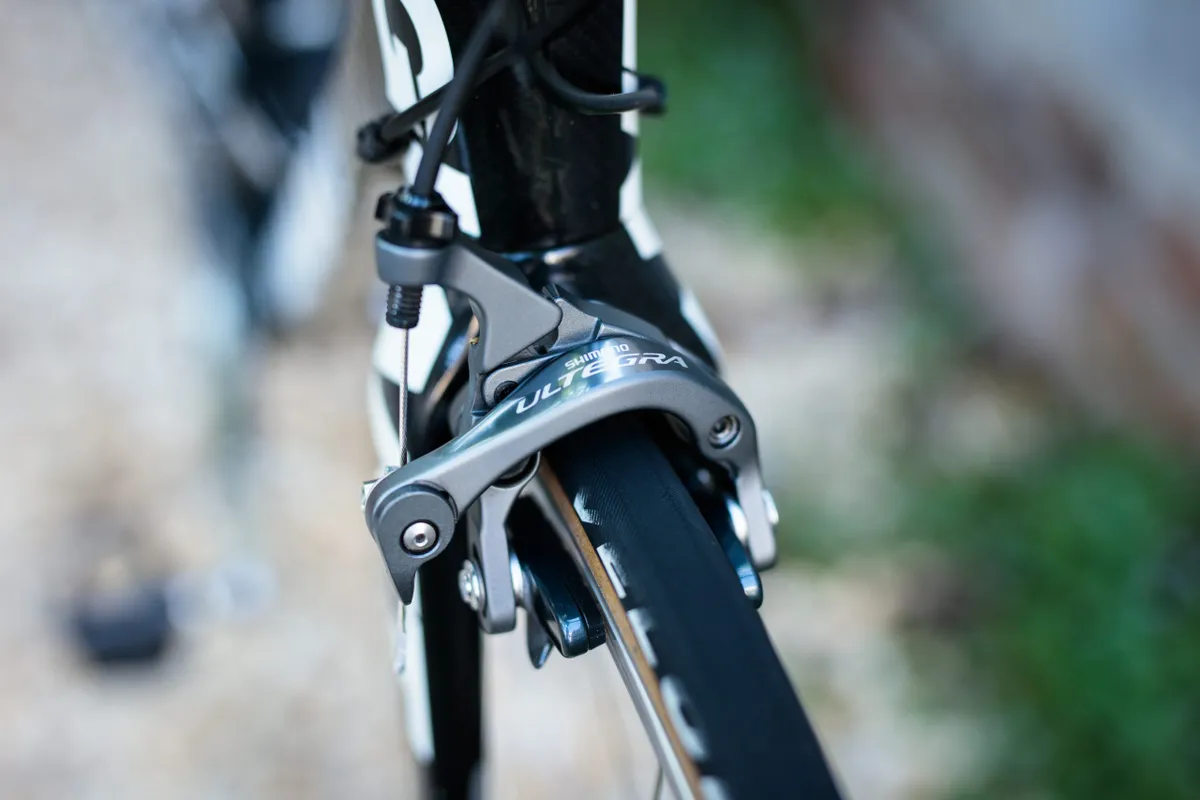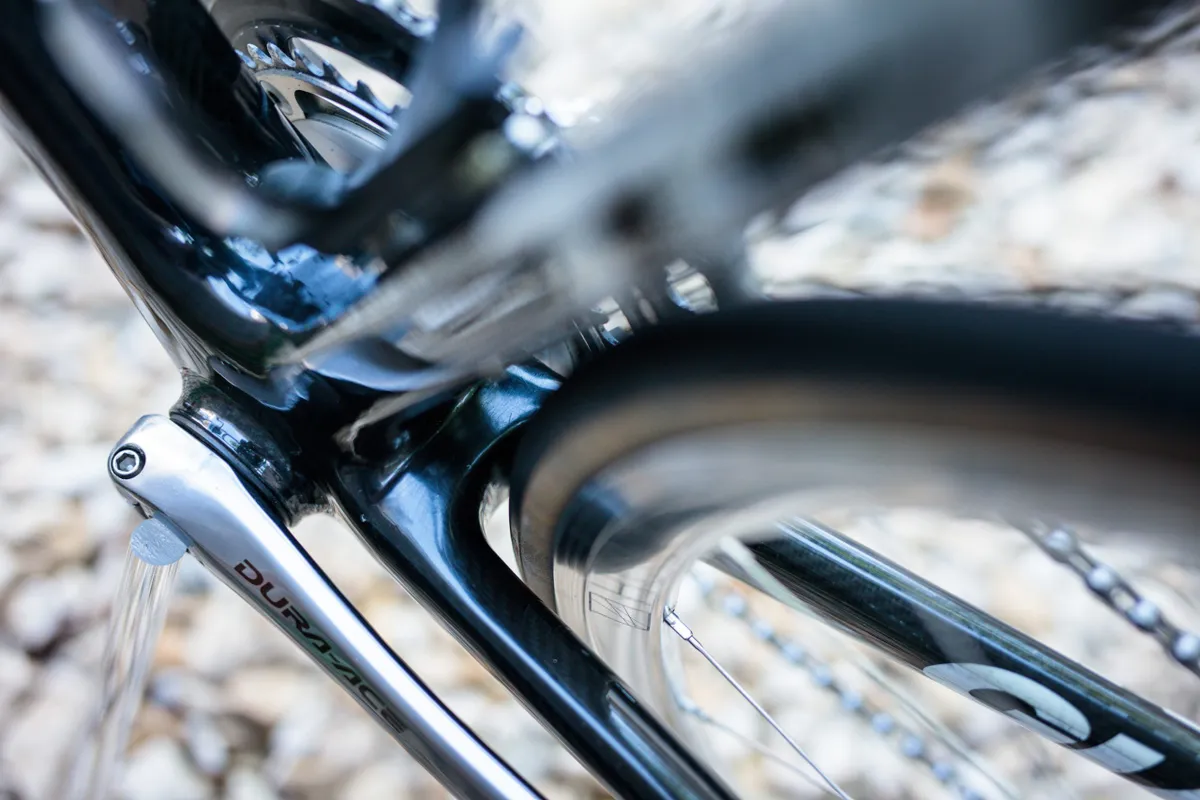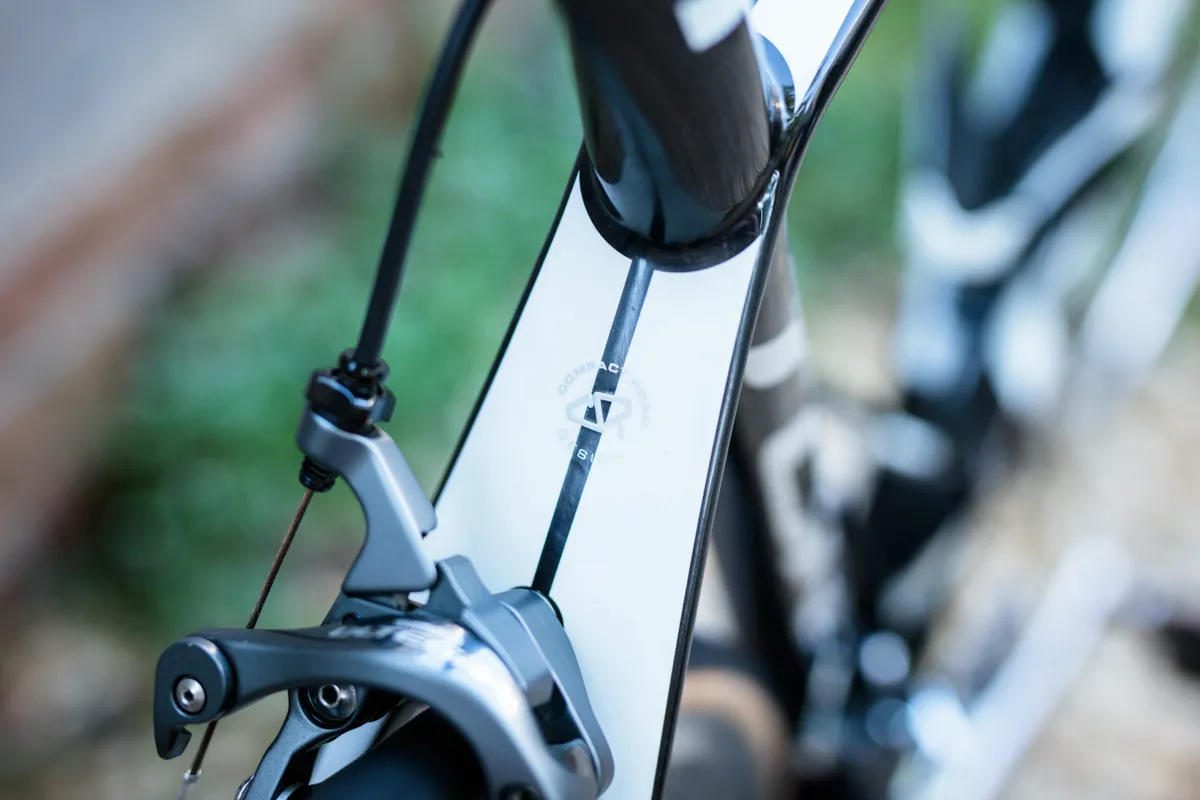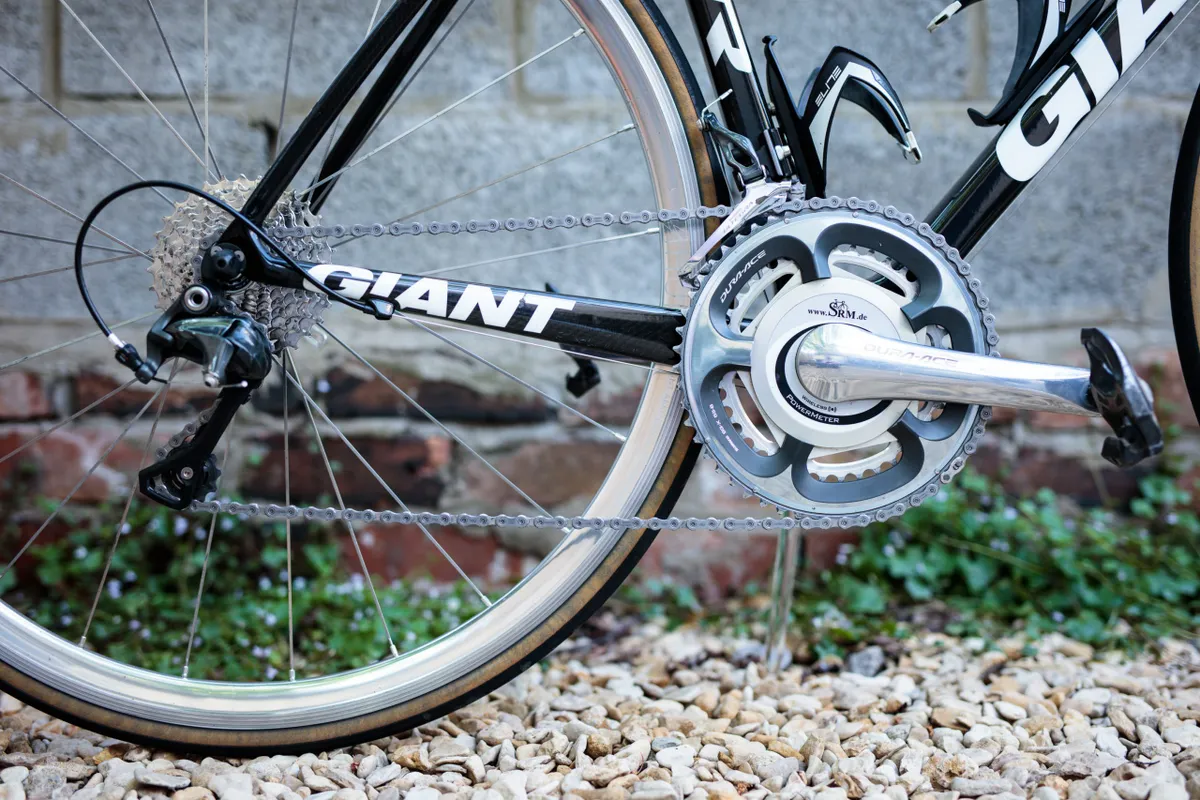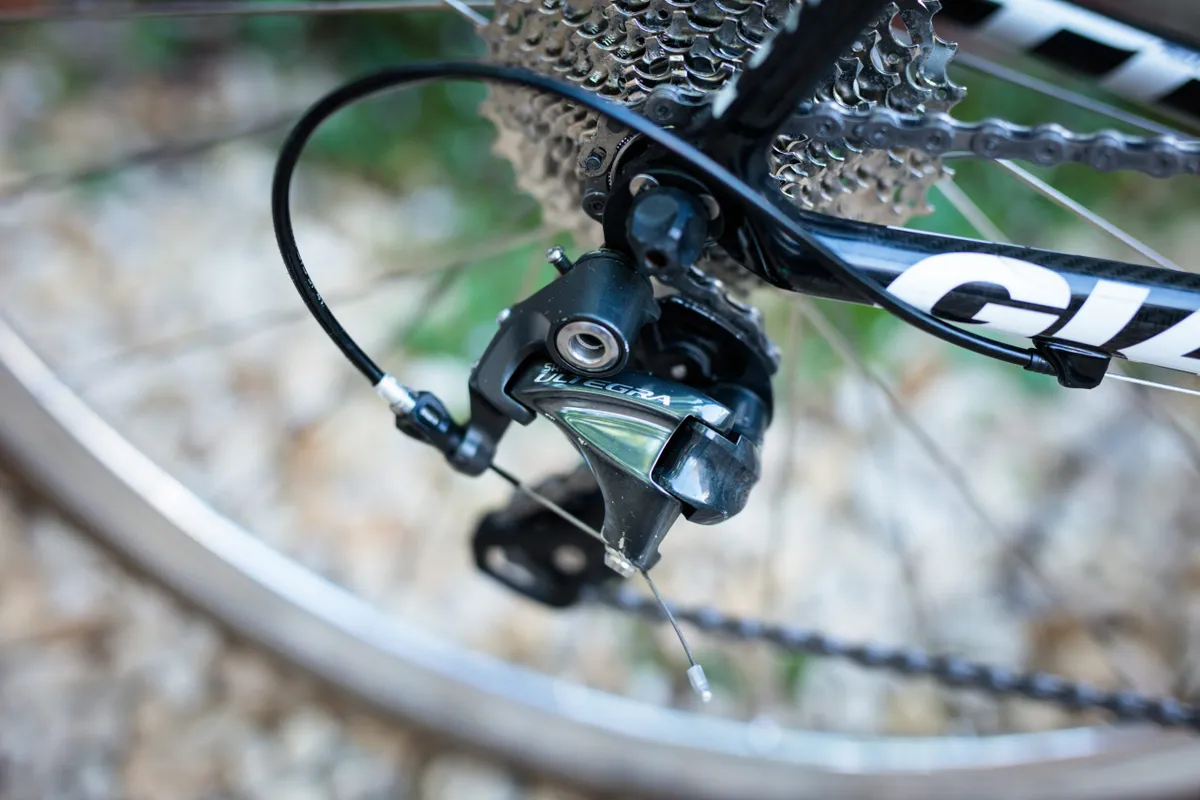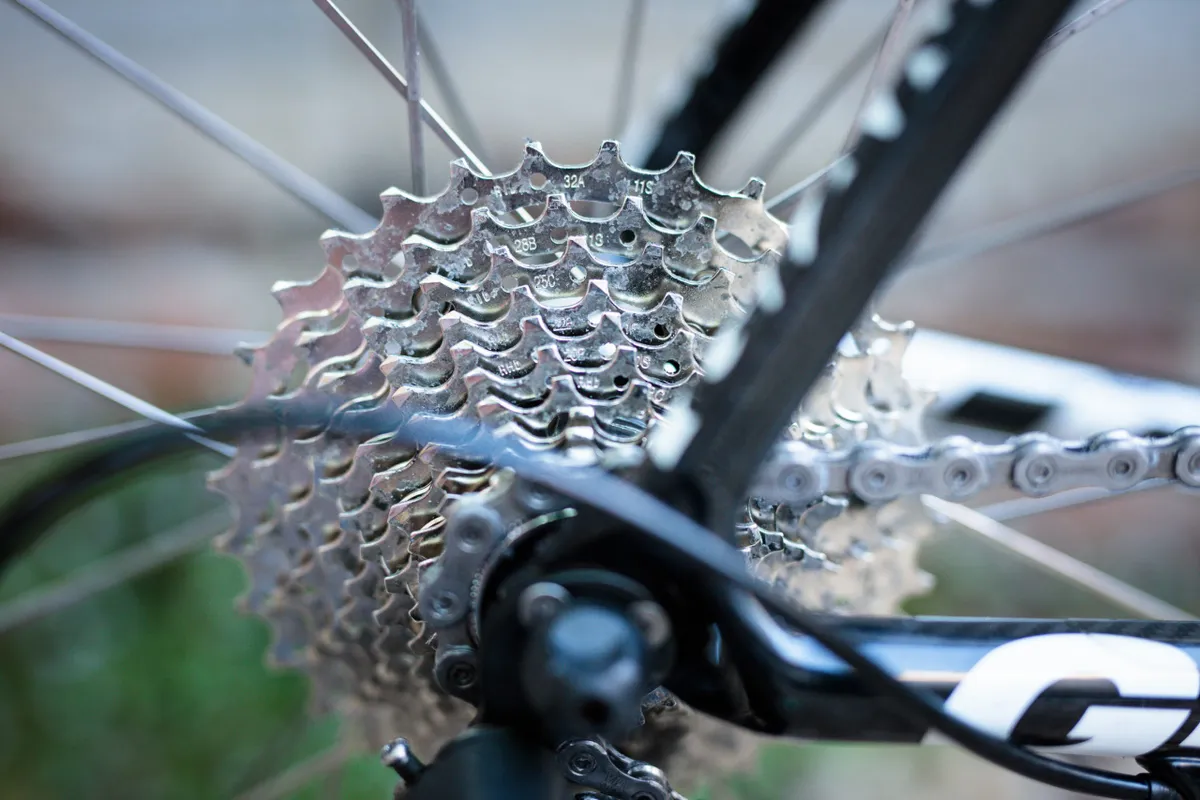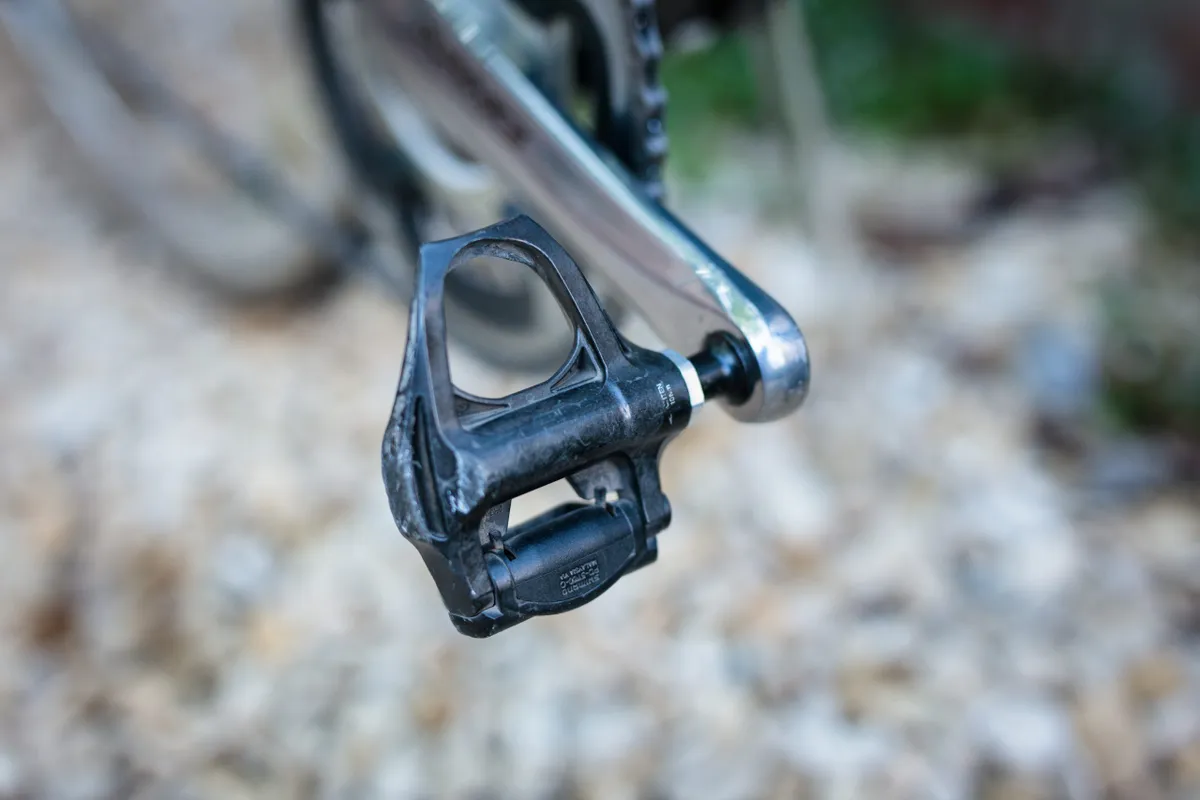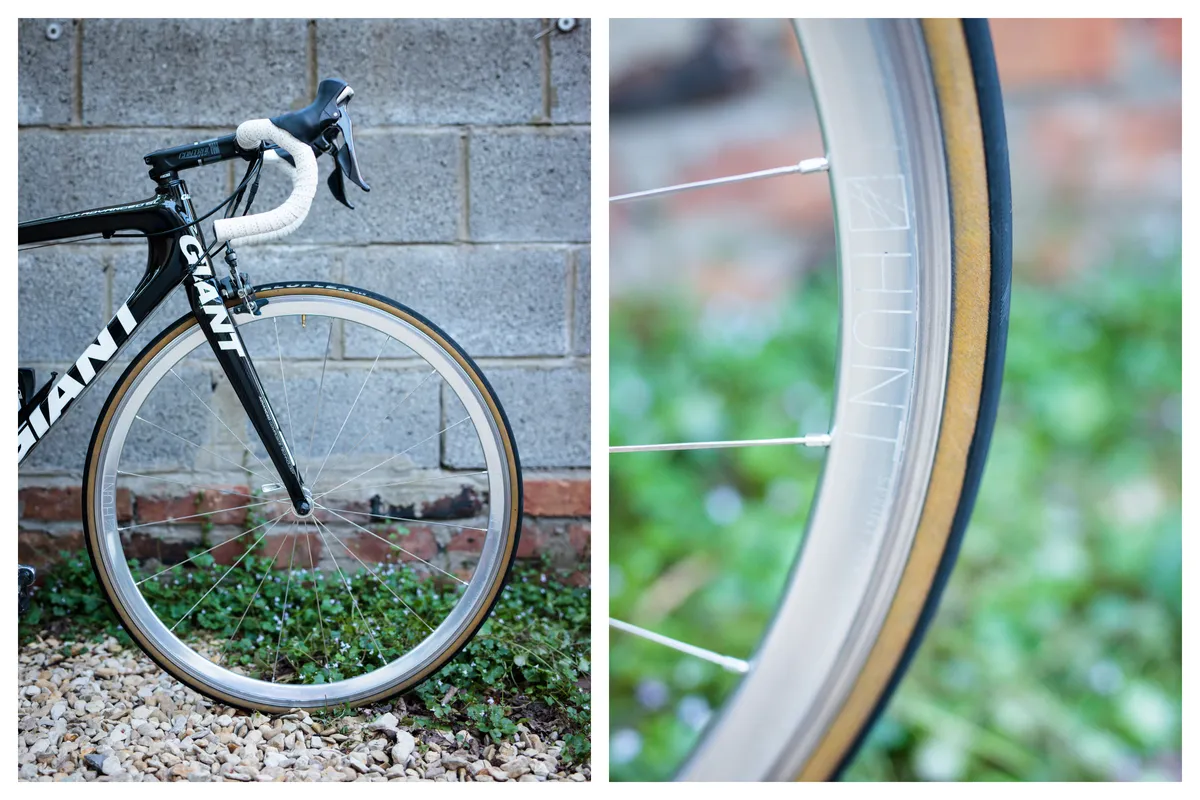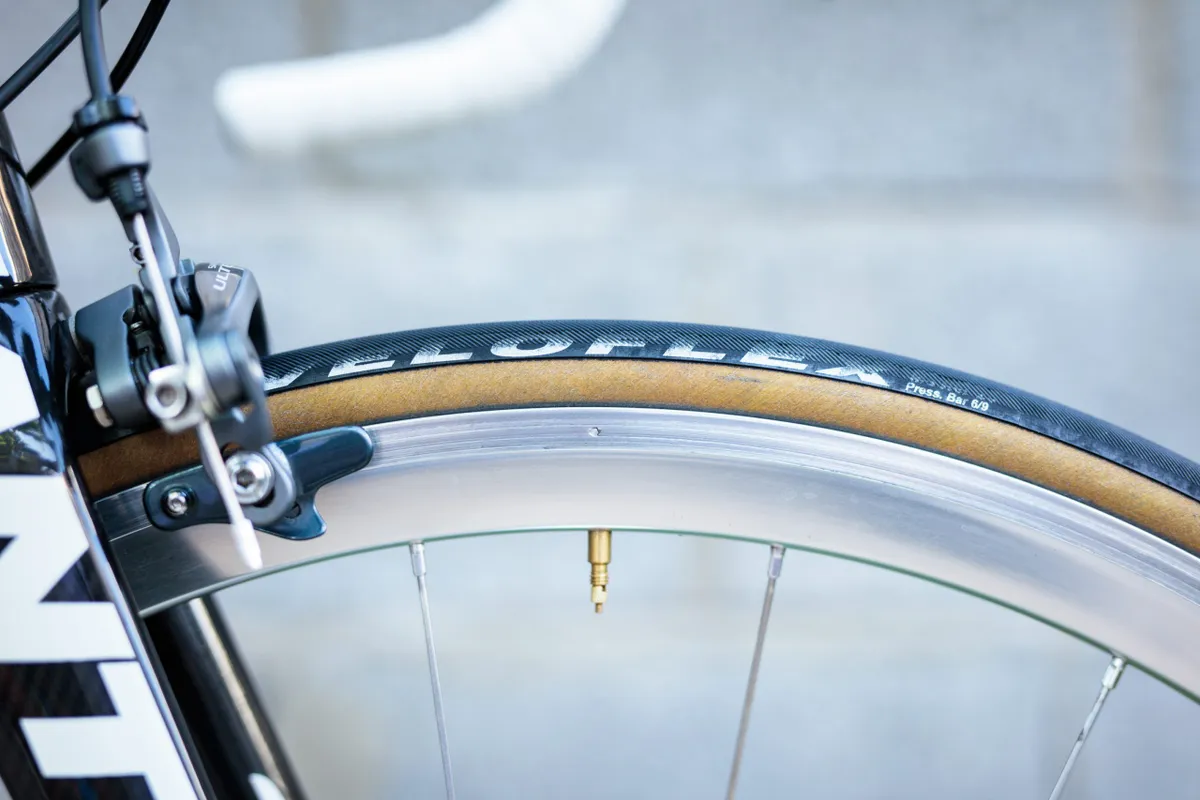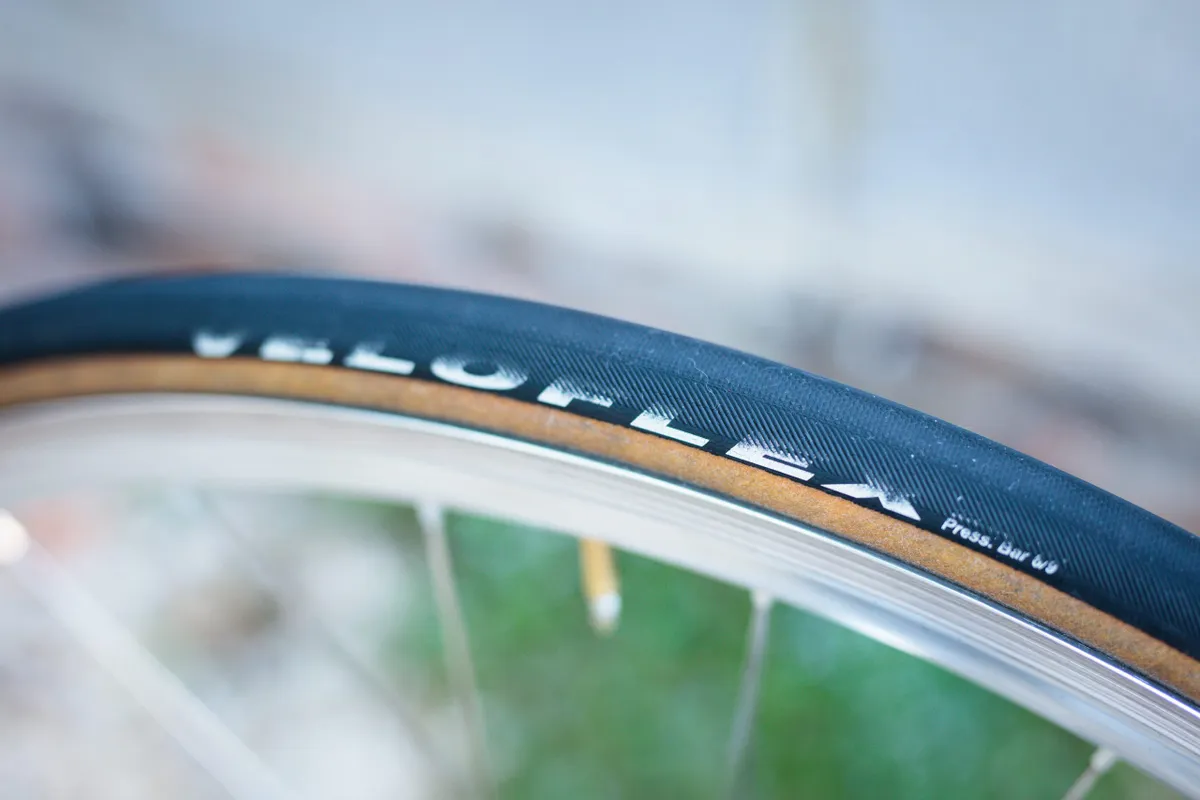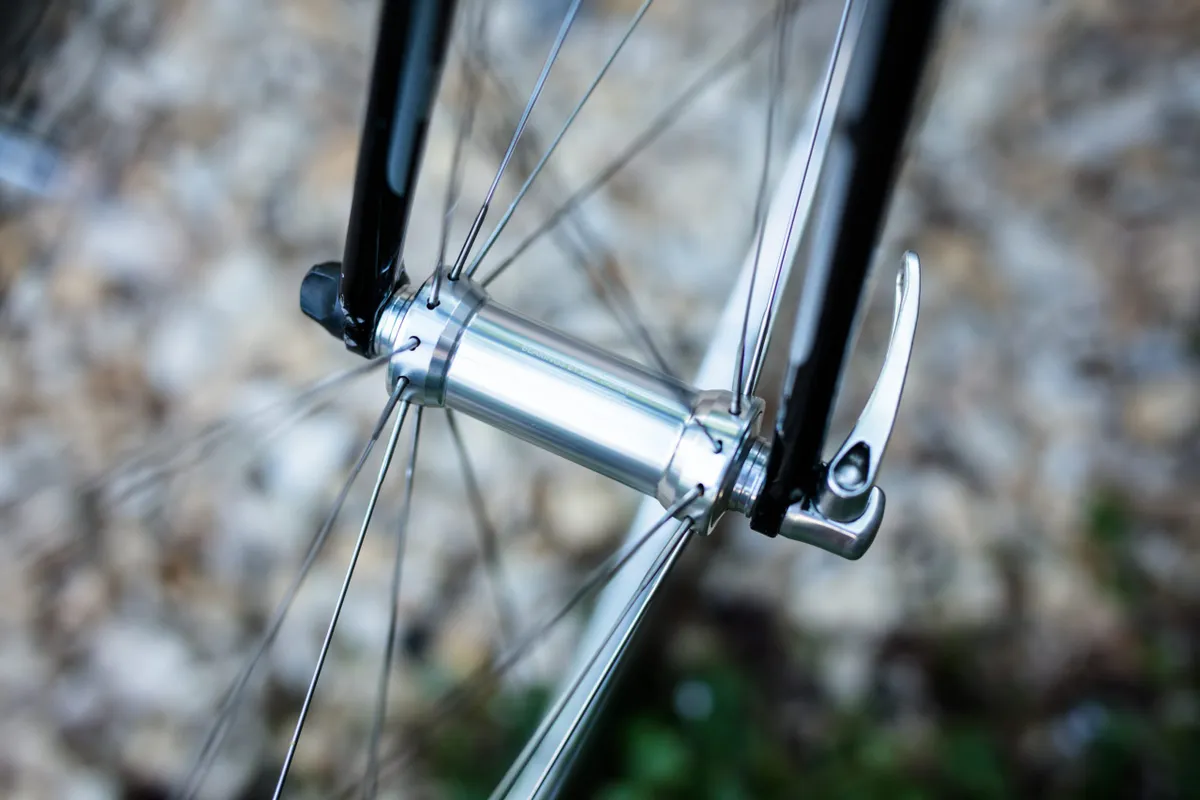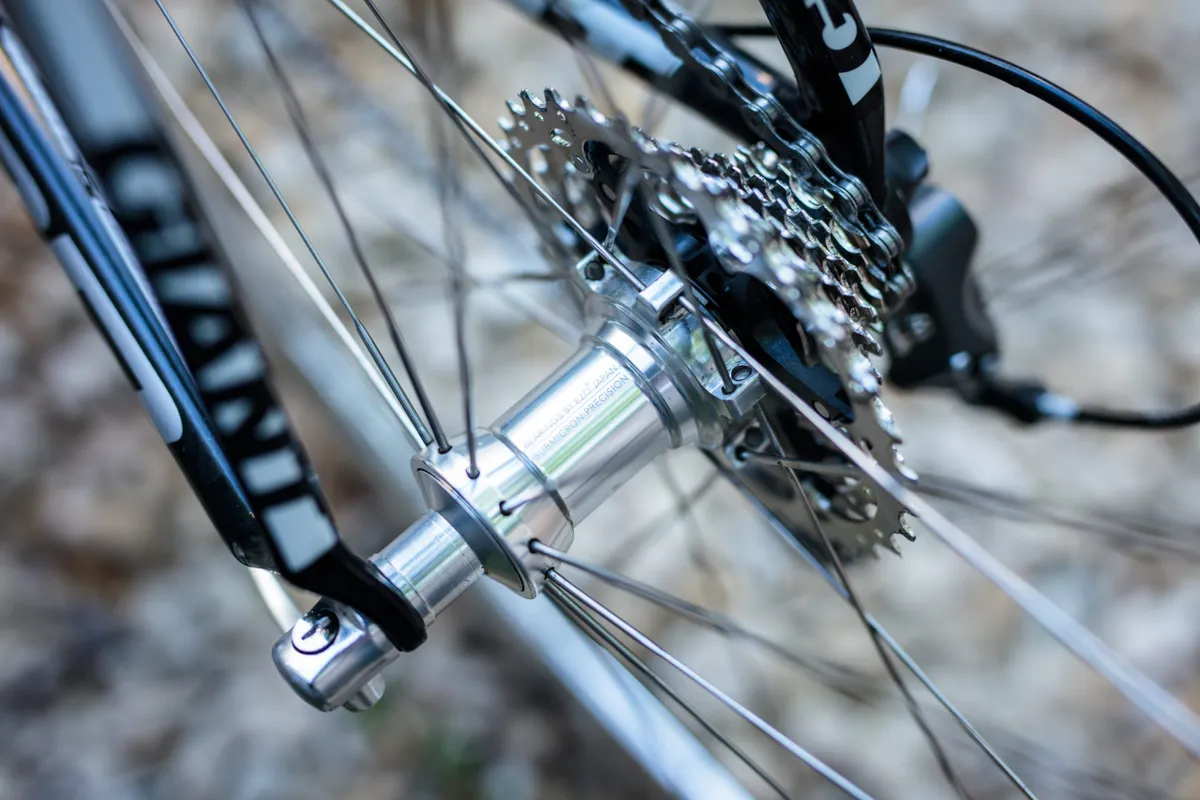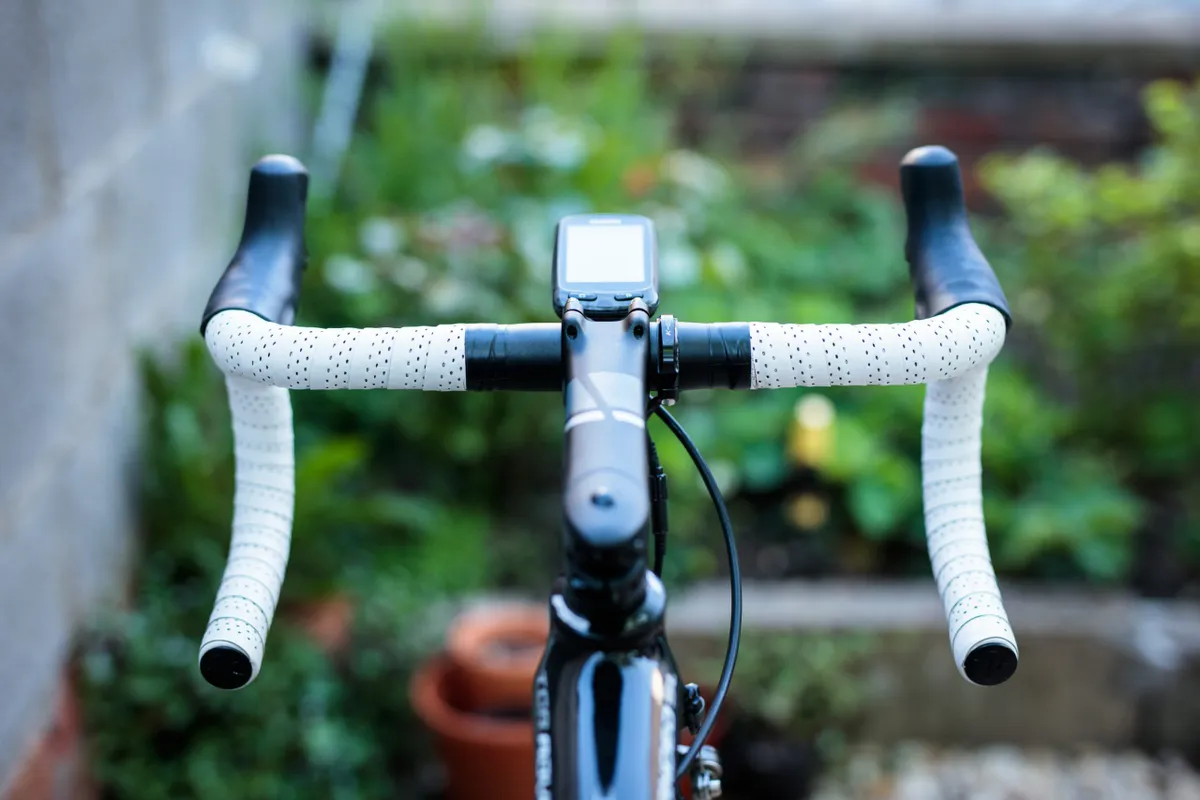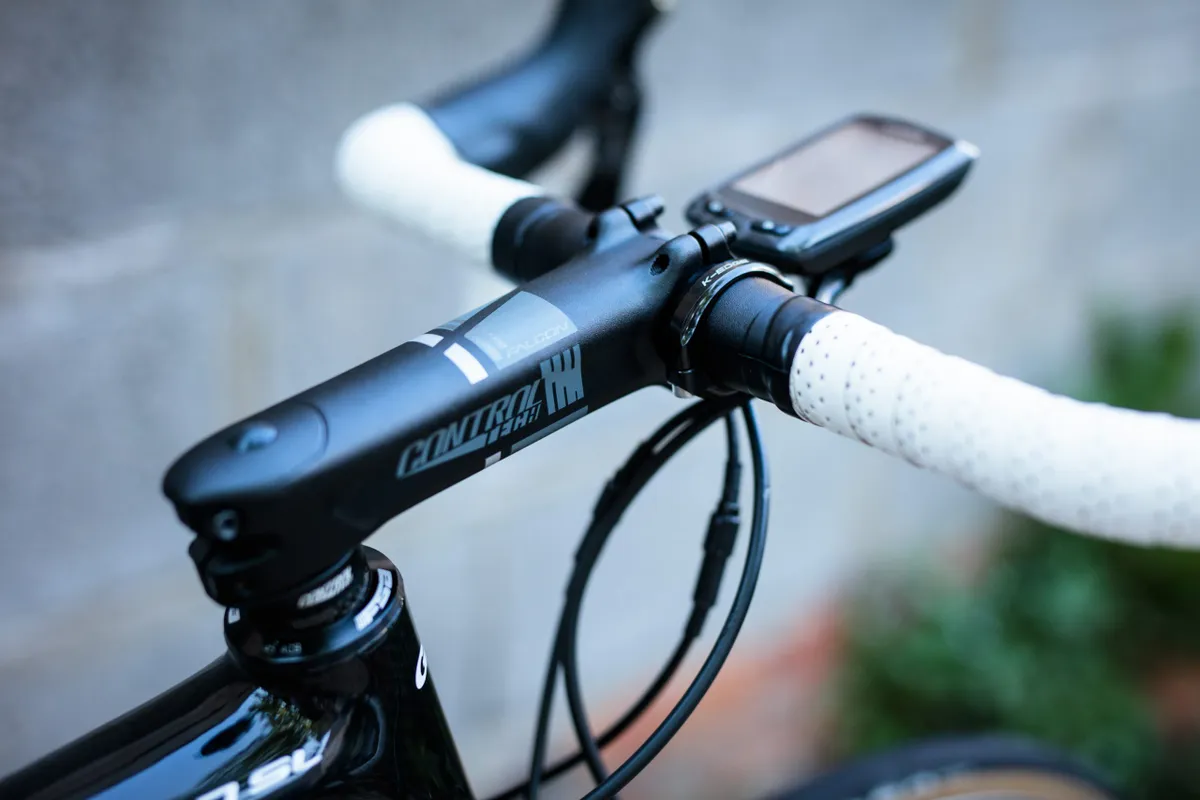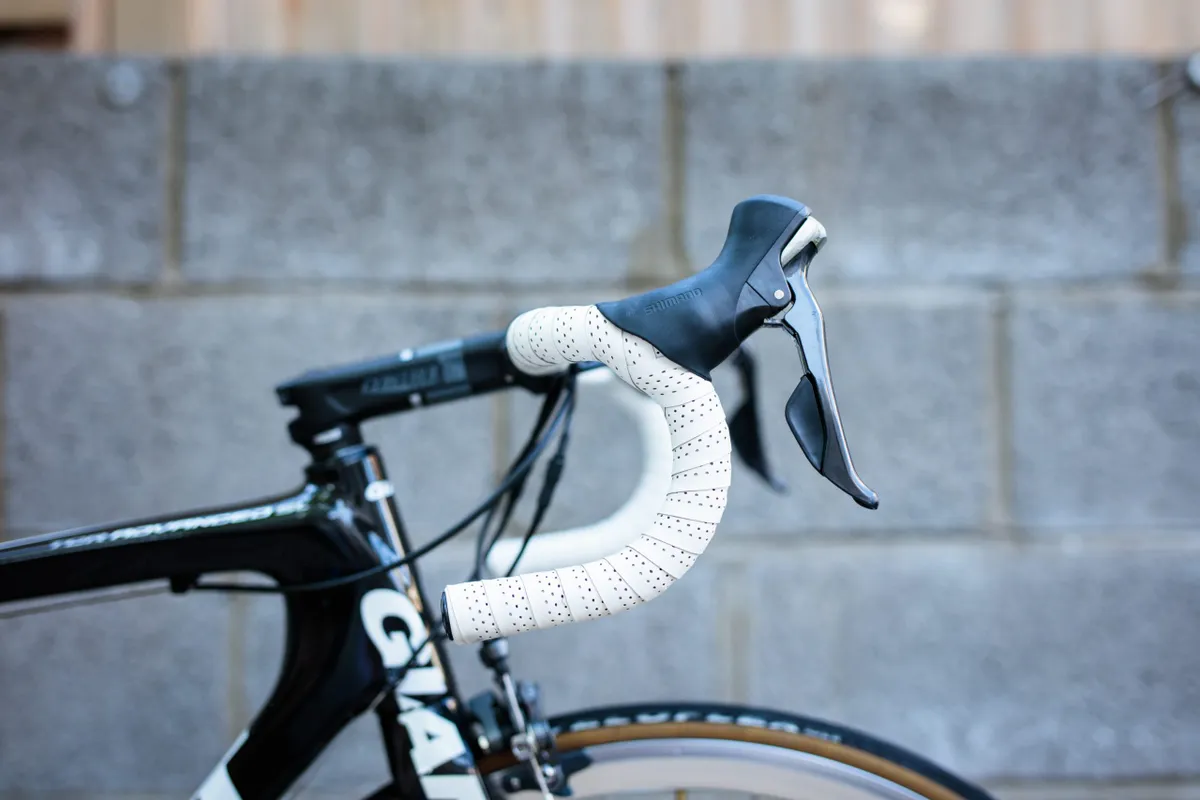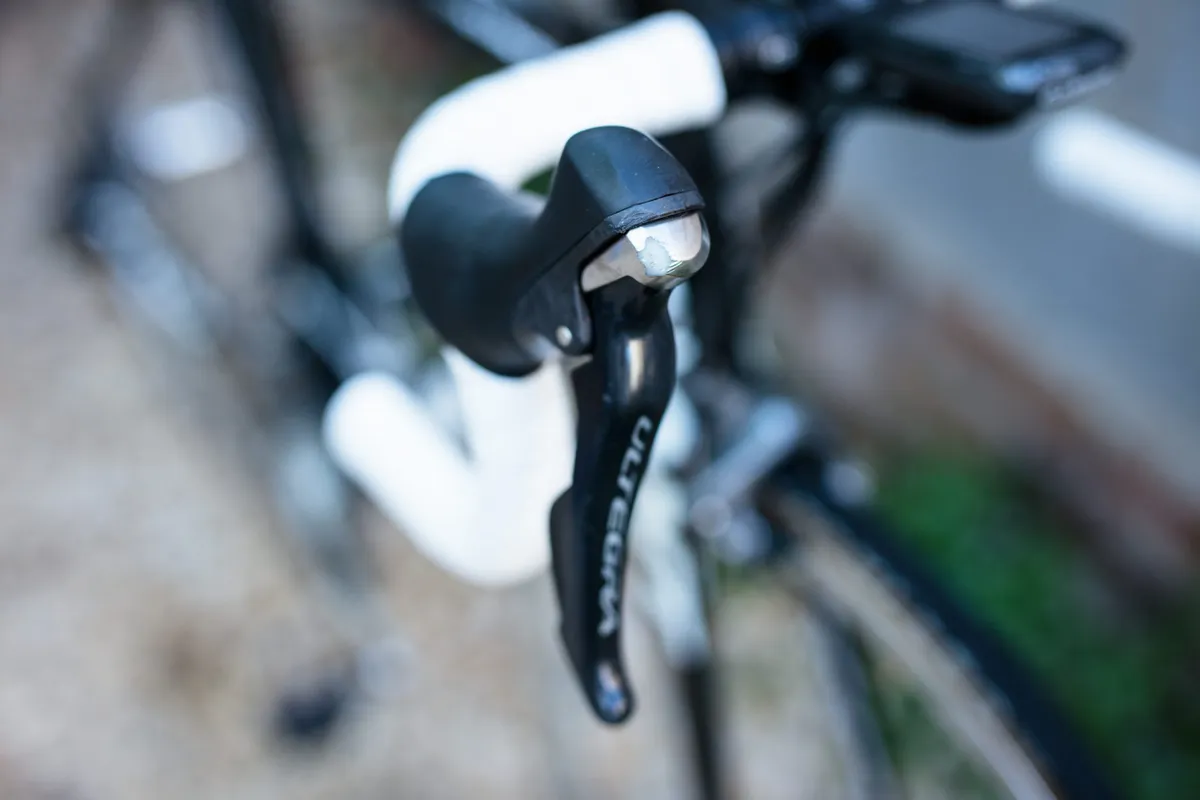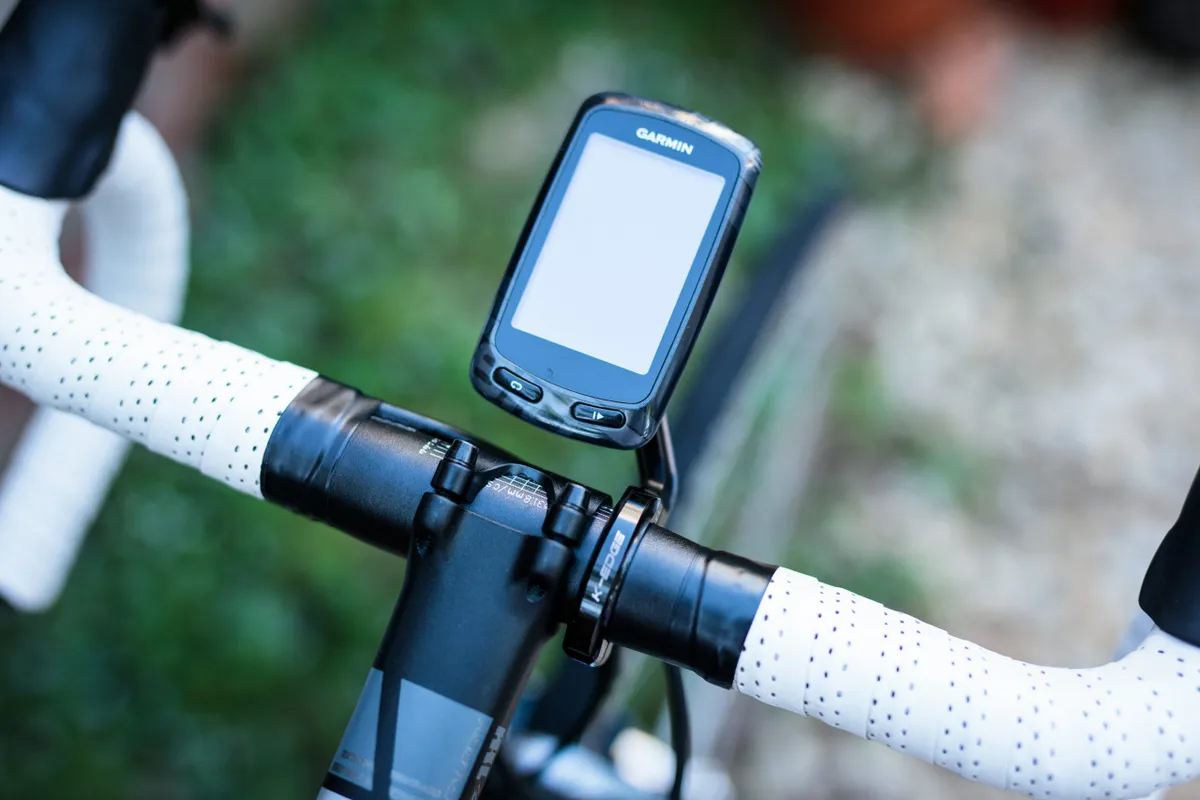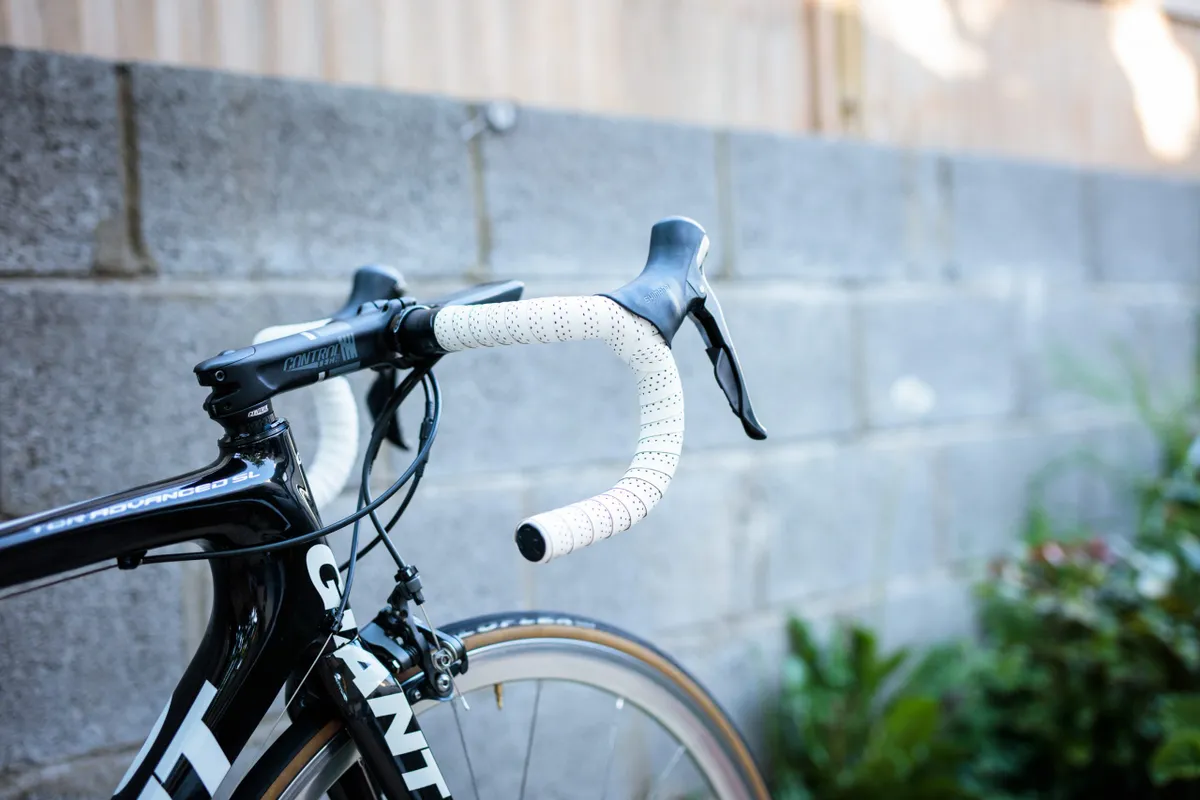This week in BikeRadar Builds, I have the great pleasure of bringing you my Giant TCR Advanced SL, model year 2009.
This has been my ‘number one’ road bike ever since I bought the frameset second-hand off a friend in my cycling club (London Dynamo), sometime in the spring of 2014.
Yes, that’s correct, I’m a cycling tech-writer who predominantly rides a second-hand, eleven-year-old road bike.
Granted, it’s not as old as Cecil the tandem, but it is old enough that one of my colleagues recently asked whether other carbon bikes its age might now qualify for ‘classic’ status.
As we’re always keen to point out to anyone who bemoans the introduction of some new technology (such as disc brakes on road bikes), the bike industry does want you to buy more stuff, but you don’t actually have to if you don’t want to.
Welcome to BikeRadar Builds
BikeRadar Builds is our occasional look at the team’s personal bikes, including custom rigs, commuters, dream builds, component testbeds and more.
This is our chance to geek out about the bikes we’re riding day-to-day, and explore the thinking (or lack of it!) behind our equipment choices.
A modern frame with a couple of exceptions
The main reason it’s still my number one bike is that, as a pure road bike, it’s just so capable.
Until recently, changes to non-aero road bikes have seemed fairly incremental rather than revolutionary.
The TCR’s angular tubes and classy, gloss carbon and white finish still look the business even today, for example. The external cable routing shows the frame’s age, but if I put an electronic groupset on it (for which there is internal routing), I think it could easily pass for a much more recent bike.
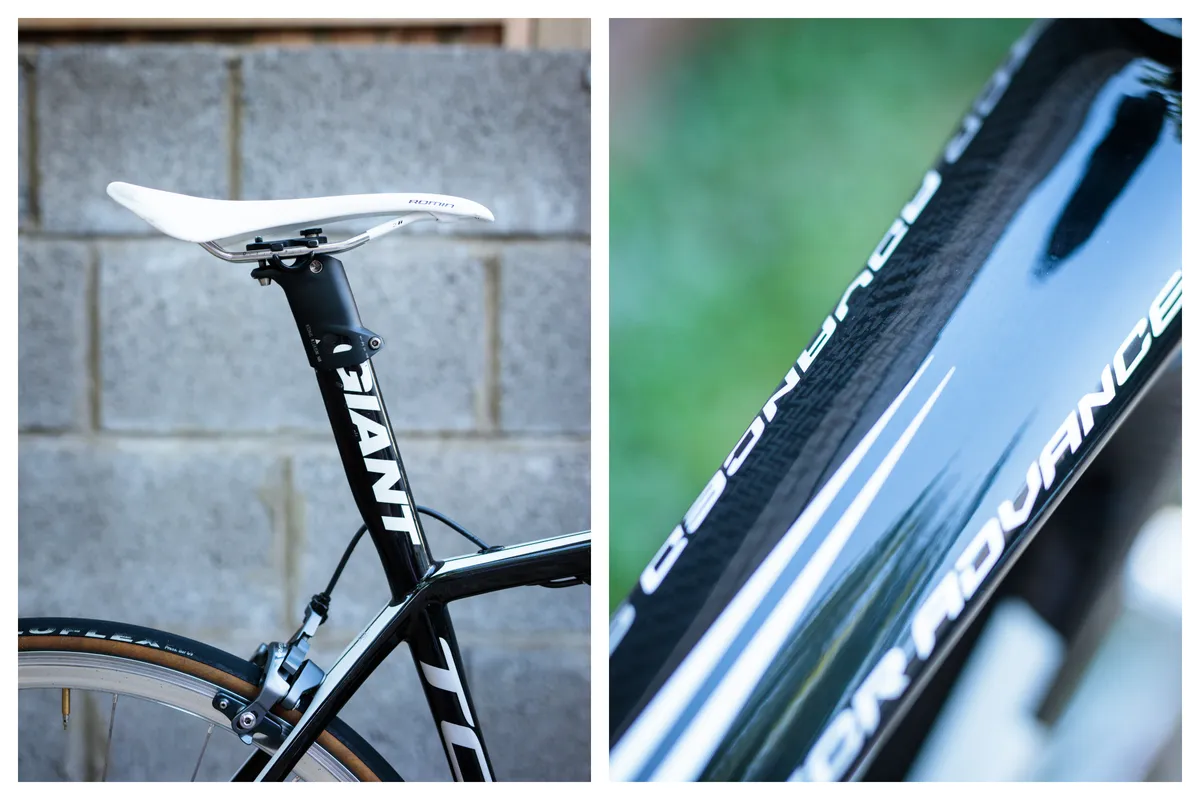
To find a big improvement it always felt like I would have had to spend a significant amount of money.
Were I still doing road and crit races, I’d have fancied something aero such as the Giant Propel Disc. Spending over £4,000 on a new race bike was hard to justify in performance terms though.
That said, the trend towards disc brakes and bigger tyre clearances is now starting to make me feel like I’m missing out on something more meaningful.
There’s nothing wrong with rim brakes. They work perfectly well with aluminium rims. It’s more the fact that I've never been totally convinced by rim braking on cheap carbon wheels, and carbon wheels are cool.
I wanted a set of HED Jet 6 wheels for a long time, but investing in expensive rim brake wheels didn’t make much sense to me once it became clear disc brakes were the direction of travel for the industry.
If I could change anything about this bike it would be to add more tyre clearance. A thoroughbred race bike of an era in which 19 to 23mm tubulars were the norm among professionals, the frame only has clearance for 25mm tyres.
That combined with the stiff frame makes it uncomfortable when the road surface isn’t great. It was never designed to be an all-day cruiser, though. It’s a road race bike and it does excel in that regard, so I can’t mark it down too heavily for that.
A custom build of whatever I could get
The story of this bike is that it’s essentially built with whatever I had access to. Having only recently been initiated into the church of cycling journalism, I’ve always had to pay for my own kit (fetch the tiny violins).
The only parts I didn’t pay for are the wheels and the rear derailleur, both of which I salvaged from testers at BikeRadar.
Consequently, it’s a bit of a mishmash of parts I considered to offer good performance and value. I’ve always tried to ensure everything works together in an aesthetically pleasing way, though.
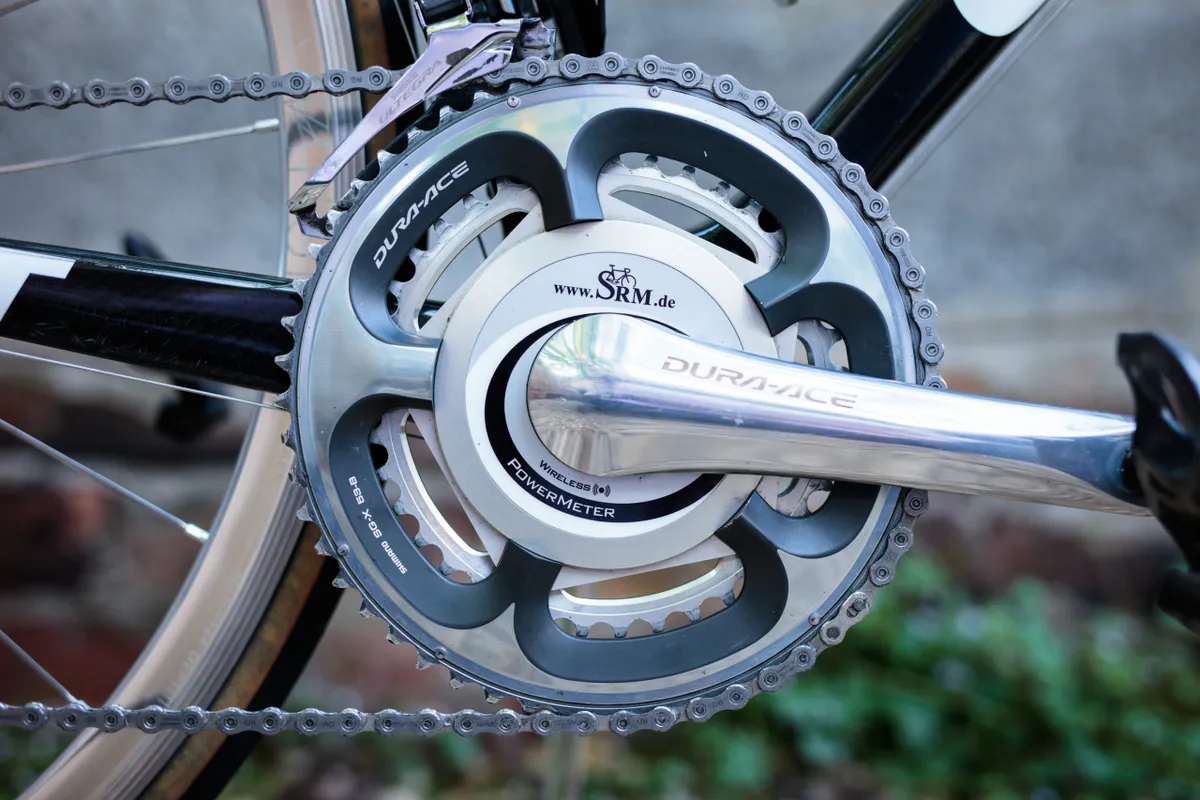
I put an Ultegra 6700 groupset on it when I first got it in 2014, then upgraded to an Ultegra 6800 groupset in 2015, and it’s those components that still form the bulk of the build.
The oldest component on the bike is the SRM Shimano Dura-Ace 7800 power meter. I don’t know exactly how old that is because it was an eBay purchase, but I have it serviced every couple of years or so and it just keeps working without fuss.
An unfashionable, ‘standard’ 130 BCD (bolt circle diameter) means big chainrings, but I don’t mind that. Larger cogs are more efficient, and you can compensate for bigger rings up front with a larger cassette these days (hence the GS rear derailleur and 11-32t cassette).
The chain is also immersion wax treated, with a recipe gleaned from FrictionFacts (now owned by Ceramic Speed).
I’ll admit that waxing your own chains at home is pretty nerdy, but like good tyres, reducing drivetrain friction is a really easy performance gain; use bigger cogs, keep it clean, use good chain lube.
The wheels are a set of Hunt Sprint Aero Wides. They combine classic looks with a modern build, and I think they’re great.
I can’t say for sure whether they provide a tangible aero benefit or not, but they’re a good shape when matched with a suitable tyre, so it’s possible there’s a small gain over standard shallow wheels.
Either way, It would be churlish to complain considering they’re similar in profile to expensive carbon wheels from only a few years ago, but cost less than £450.
The only thing I dislike about them is the volume of the freewheel. It’s comically loud, to the point that I often feel a bit embarrassed about freewheeling behind pedestrians on Bristol’s bike paths.
I know a lot of people like loud freehubs, but I prefer them to be as quiet as possible. Noisy bikes are anathema to me.
Veloflex Master 25s with latex inner tubes (another cheap and easy performance gain) complete the wheels. The tyres are fine, but are an easy target for future upgrades. There are faster options on the market nowadays, according to most independent tests.
I did have a set of Planet X CT45 tubular wheels for racing, but the rear rim got damaged in a racing crash and I never bothered replacing it. Clinchers are faster than tubs anyway, and at some point I also realised weight doesn’t really matter.
On the subject of weight, I’d never weighed this bike until I sat down to write this. I stopped chasing weight savings years ago because doing so is essentially money down the drain, unless you’re only interested in hill climbs.
Because how much it weighs is so irrelevant, I’ve decided I’m not going to tell you the answer.
Feel free to have a guess in the comments below, though. A gold star and 100 points to the first person to get it right.
Long, low and narrow
I love tinkering, so I’ve never had a professional bike fit. At 183cm tall though, I think it’s safe to say the size M frame (545mm top tube) is almost certainly a size too small for me. I knew that before I bought it, but I reasoned I could just run a longer stem.
Right or wrong, it’s not something I’ve ever spent much time agonising about. This bike was originally built for shorter, fast rides and the position is perfectly sustainable for that.
I also don’t have the longest legs in the world and I run fairly rearward cleats on my shoes too, so the saddle height is relatively low for my height. The saddle to bar drop is aggressive then, but it’s not olympic track bike aggressive.
The current handlebar and stem are both by ControlTech. A 130mm Falcon stem paired with a 36cm (centre to centre) Fuego CS Classic handlebar, because narrow = fast.
I think the squared off stem complements the boxy frame nicely and I like the integrated top cap. I love the narrow bars too. I honestly can’t see any downsides to using them, and I can’t see myself going back to anything wider than 40cm on road bikes.
Being aluminium, they were pretty cheap too, costing about £60 for the set. Sadly, the handlebar has since been discontinued, and as far as I know there aren’t any other manufacturers making 36cm classic bend handlebars. I wish I’d bought a second set.
Time to say goodbye?
It’s bittersweet, but it looks like retirement may finally be on the cards for this bike.
I’m going to be testing a 2021 Giant TCR Advanced Pro 2 Disc as my long-term review bike over the next year.
At £2,999, the new model certainly looks great value on paper, and it will be fascinating to see how eleven years of development has changed (and hopefully improved) things.
However good the new model is, I can’t see myself giving up on my 2009 TCR completely though.
Partly because I’ll have to give the new one back to Giant at some point, but also because it’s been such a reliable companion on so many great rides over the past six years, and it’s got plenty of life left in it yet.
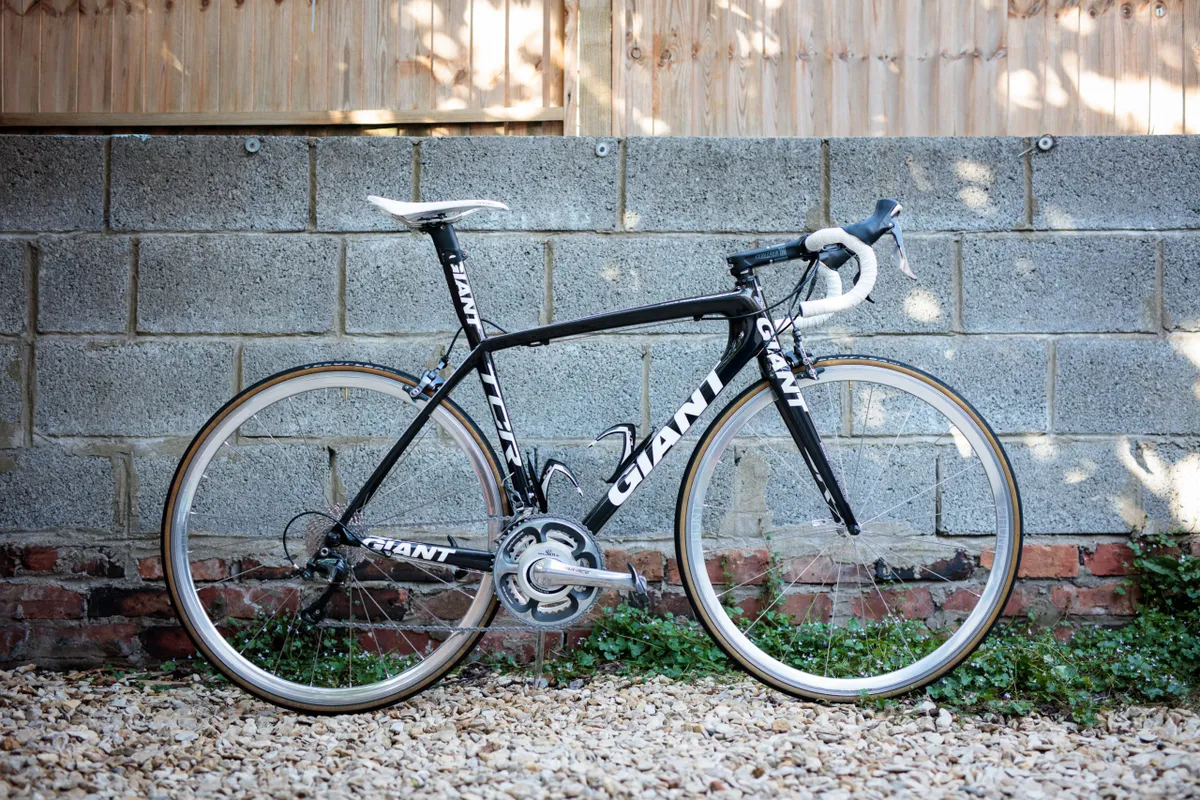
Simon’s Giant TCR Advanced SL 2009 full spec
- Frameset: Giant TCR Advanced SL 2009, size M
- Rear derailleur: Shimano Ultegra 6800 GS
- Front derailleur: Shimano Ultegra 6800
- Crankset: SRM Dura-Ace 7800
- Chainrings: 53t Shimano Dura-Ace 7900 and 39t Shimano 105 5600
- Cassette: Shimano 105 R7000 11-32t
- Chain: Shimano CN-HG601
- Shifters: Shimano Ultegra 6800
- Pedals: Shimano PD-5700-C
- Brakes: Shimano Ultegra 6800
- Brakes: Shimano Ultegra 6800
- Handlebar: ControlTech Fuego CS Classic, 36cm centre to centre.
- Stem: ControlTech Falcon, 130mm
- Saddle: Specialized Romin Pro
- Wheelset: Hunt Sprint Aero Wide
- Tyres: Veloflex Master 25 open tubular
- Inner tubes: Latex (Vittoria/Michelin)
